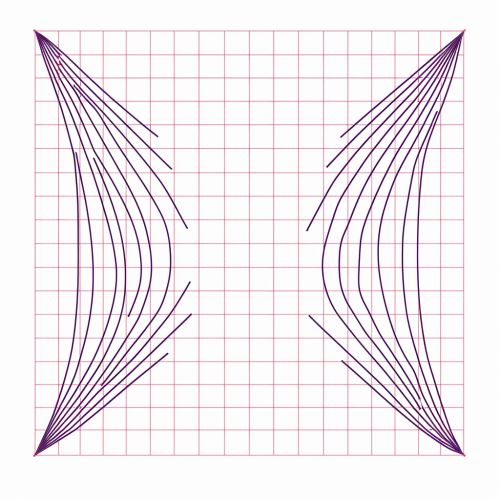Mathematical Transformation
Introduction
Mathematical transformation, also referred to as a function, is a fundamental concept in mathematics. It involves the process of changing one mathematical object into another while preserving certain properties. This concept is widely applied in various branches of mathematics, including algebra, geometry, and calculus, as well as in practical fields like physics and engineering.
Types of Mathematical Transformations
There are several types of mathematical transformations, each with its unique properties and applications.
Linear Transformations
A linear transformation, also known as a linear map or linear operator, is a mapping between two vector spaces that preserves the operations of addition and scalar multiplication. Linear transformations are fundamental to the study of linear algebra and have numerous applications in various fields, including computer graphics and machine learning.


Affine Transformations
An affine transformation is a more general form of a linear transformation that includes translation. It preserves points, straight lines, and planes. Also, it multiplies the dimensions of any figure by the same factor, known as the scale factor. Affine transformations are widely used in computer graphics and image processing.
Projective Transformations
A projective transformation, also known as a homography, is a transformation used in projective geometry. It preserves the cross ratio of four collinear points. Projective transformations are used in computer vision and graphics, particularly in the process of image rectification and stereo vision.
Fourier Transformations
The Fourier transformation is a mathematical transformation employed in both mathematics and physics. It decomposes a function of time (a signal) into its constituent frequencies. This transformation is used in image analysis, signal processing, and partial differential equations.
Laplace Transformations
The Laplace transformation is an integral transform widely used in engineering and physics. It transforms a function of a real variable into a function of a complex variable. Laplace transformations are used in control theory, probability, and differential equations.
Properties of Mathematical Transformations
Mathematical transformations have certain properties that are preserved during the transformation process. These properties include:
Invariance
Invariance refers to the property of a mathematical object that remains unchanged under a set of transformations. For example, in a linear transformation, the origin, straight lines, and planes are invariant.
Equivalence
Two mathematical objects are said to be equivalent if there exists a transformation that maps one object onto the other. This concept is used in various branches of mathematics, including geometry and algebra.
Isomorphism
An isomorphism is a transformation that preserves the structure of a mathematical object. In other words, an isomorphism is a bijective map such that both the map and its inverse are homomorphisms. This concept is fundamental in abstract algebra and category theory.
Applications of Mathematical Transformations
Mathematical transformations have a wide range of applications in various fields.
Mathematics
In mathematics, transformations are used to simplify problems and to reveal hidden properties of mathematical objects. They are essential tools in linear algebra, calculus, and differential equations.
Physics
In physics, transformations are used to describe the behavior of physical systems. For example, the Fourier transformation is used in quantum mechanics to switch between position and momentum representations.
Engineering
In engineering, transformations are used in signal processing, control theory, and image processing. For example, the Laplace transformation is used in control theory to analyze and design control systems.
Computer Science
In computer science, transformations are used in computer graphics, machine learning, and computer vision. For example, affine transformations are used in computer graphics to rotate, scale, and translate images.
